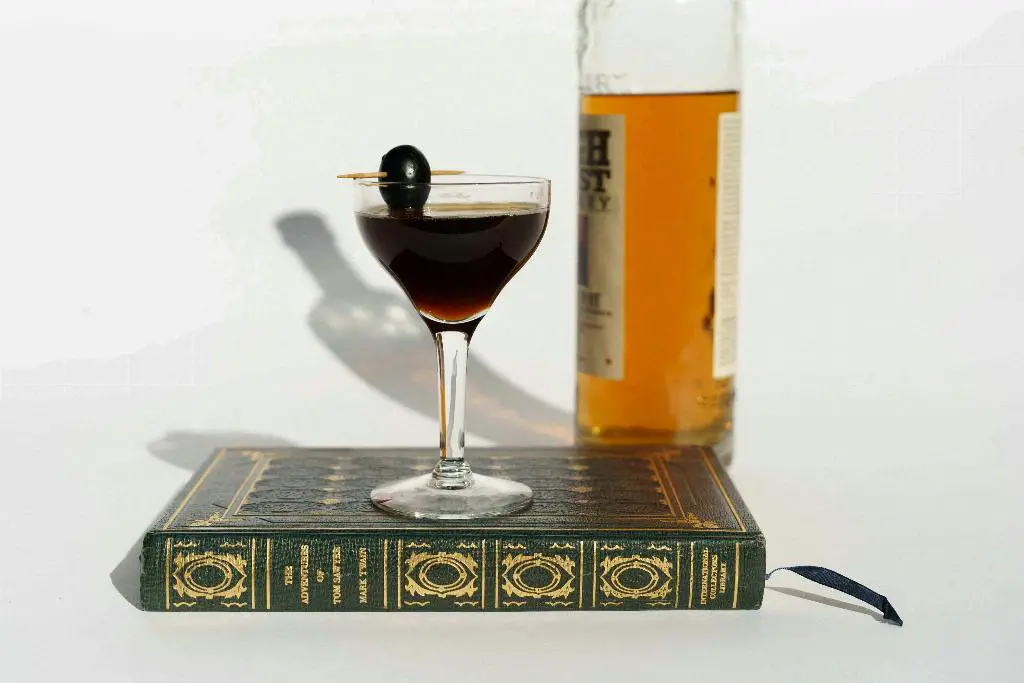When it comes to the world of spirits, bourbon holds a special place in the hearts of many enthusiasts. But have you ever wondered how whiskey turns into bourbon? In this article, we will delve into the fascinating process that transforms ordinary whiskey into the beloved elixir known as bourbon.
The Federal Standards of Identity for Bourbon
The journey of whiskey to bourbon begins with the Federal Standards of Identity for Bourbon. These standards set the regulations and guidelines that determine what can and cannot be classified as bourbon. According to these standards, for a whiskey to be considered bourbon, its mash must contain at least 51% corn. This high percentage of corn gives bourbon its distinct sweetness and character.
The Mash: A Vital Ingredient
At the heart of the bourbon-making process lies the mash. The mash is the mixture of grains from which the product is distilled. To make bourbon, the mash typically consists of not only the required 51% corn, but also other grains such as rye or wheat, and malted barley. These additional grains help to influence the flavor profile and add complexity to the final product.
Mashing and Fermentation
Once the mash is prepared, the next step is mashing. During this process, the grains are combined with water and heated to convert the starches into fermentable sugars. Yeast is then added to the mixture to initiate the fermentation process. Over the course of several days, the yeast consumes the sugars, producing alcohol and carbon dioxide.
Distillation: Refining the Spirit
After fermentation, the mash is ready for distillation. The liquid is transferred to stills, where it undergoes distillation to separate the alcohol from impurities. The distillation process consists of two main steps: stripping and spirit runs. Stripping removes the majority of impurities, while spirit runs produce a higher-quality, more refined spirit.
Aging in Charred Oak Barrels
One of the defining characteristics of bourbon is its aging process. By law, bourbon must be aged in new, charred oak barrels. The charring of the barrels imparts flavors and colors to the bourbon, contributing to its unique taste. During aging, the bourbon gradually develops its complex flavors and takes on the character of the barrel.
The Angel’s Share
While the bourbon rests peacefully in the barrels, a portion of it is lost to evaporation. This phenomenon, known as the “Angel’s Share,” creates a concentration of flavors in the remaining liquid. Over time, the Angel’s Share contributes to the richness and depth of the bourbon.
Bottling and Proofing
Once the bourbon has aged to perfection, it is time for bottling. Before bottling, the bourbon is usually filtered to remove any impurities and ensure clarity. Additionally, the proof of the bourbon is adjusted by adding water to reach the desired alcohol content. The final product is a well-balanced, flavorful bourbon ready to be enjoyed.
Variations and Flavors
While the fundamentals of bourbon production remain consistent, variations in the mash bill, aging process, and other factors contribute to the wide array of flavors found in different bourbon brands. Some bourbons may have a higher percentage of rye or wheat in their mash bill, resulting in spicier or sweeter profiles, respectively.
Artistry and Tradition
The process of turning whiskey into bourbon is not only a scientific endeavor, but also an art form. It requires skill, knowledge, and a deep understanding of the traditions and techniques that have been passed down through generations. Every step of the process, from selecting the grains to aging in charred oak barrels, contributes to the creation of a truly exceptional spirit.

Appreciating the Legacy
As you sip on your favorite bourbon, take a moment to appreciate the craftsmanship and history behind it. The journey from whiskey to bourbon is one filled with careful craftsmanship and dedication. So, whether you prefer your bourbon neat, on the rocks, or in a classic cocktail, raise your glass to the rich legacy and timeless appeal of this beloved spirit.
